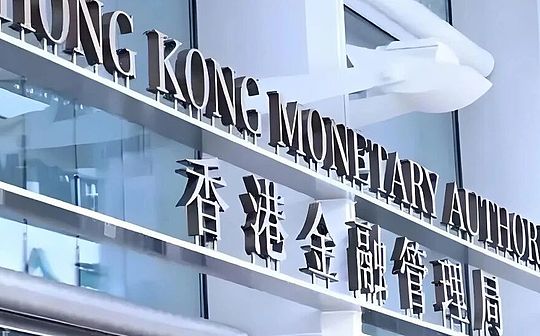
Author: Jeff Cox; Source: CNBC
Core points:
-
The minutes of the Federal Open Market Committee (FOMC) meeting released on Wednesday showed that the Federal Reserve continued to worry about the direction of fiscal and trade policies.
-
“Participants said the committee could face a difficult trade-off if inflation persists and economic growth and employment outlook weakens,” the minutes said.
-
Since the last rate cut in December, FOMC has maintained the benchmark federal funds rate target range at 4.25%-4.5%, and officials believe current policies can handle existing risks well.
Fed officials were worried at a meeting earlier this month that tariffs could exacerbate inflation and create a dilemma on interest rate policy, according to minutes released by the Fed on Wednesday.
Minutes of the Federal Open Market Committee meeting from May 6 to 7 reflect the Fed’s ongoing concerns about the direction of fiscal and trade policies, and officials ultimately decided that the best option was to keep interest rates stable.
“The participants agreed that uncertainty in the economic outlook further increased, so it would be appropriate to take a cautious approach before the net economic impact of changes in government policies became clearer,” the minutes said. “The participants pointed out that if inflation persists and economic growth and employment outlooks weaken, the committee may face a difficult trade-off.”
While policymakers expressed concerns about the direction of inflation and the unpredictable trade policy, they said that economic growth was “stable” and the labor market was “broadly balanced” despite the risks of potential weakening and consumer spending continued.
Since the last rate cut in December last year, FOMC has maintained its benchmark federal funds rate target range at 4.25%-4.5%.
The minutes concluded: “When considering the monetary policy outlook, participants agreed that given that economic growth and labor markets remain solid and that current monetary policy is moderately restricted, the Commission is fully capable of waiting for a brighter outlook on inflation and economic activity.”
The statement after the meeting pointed out that “the uncertainty in the economic outlook further increased.”Furthermore, the Commission said that achieving the dual goals of full employment and low inflation has become more complicated due to policy uncertainty.
Since this meeting, Fed officials have repeatedly reiterated that they will wait and will not consider a rate cut again until fiscal and trade policies become clearer.Market expectations have also responded accordingly, with futures traders currently almost expecting the Fed to cut interest rates before its September meeting.
Trade policy has also changed since the last Fed meeting.
Tariffs and ongoing friction between the U.S. and China have eased a few days after the Fed meeting after both China and the U.S. agreed to suspend most of the tariffs imposed on each other and entered a 90-day negotiation period.This in turn helped Wall Street stocks rise, although bond yields continue to climb, which is exactly what President Donald Trump has been trying to contain.
Trump has been pressing Fed officials to cut interest rates as trade wars and inflation slowly moves closer to the Fed’s 2% target.However, Fed Chairman Jerome Powell said the Fed would not be affected by political interference.
The meeting also discussed the Fed’s five-year policy framework.
When officials last looked at their long-term policies, they set what they called a “flexible average inflation target,” essentially advocating that officials can allow inflation to be above the 2% target for a period of time, while promoting more inclusive labor market gains.
During the discussion, officials noted that the strategy “will weaken” if there is a “significant risk of massive inflation shock” or if interest rates are not close to zero (as in the years after the 2008 financial crisis).The Fed kept interest rates at low levels amid surges in inflation after the COVID-19 pandemic, forcing them to take aggressive rate hikes later.
The minutes of the meeting pointed out that it is hoped that the policy will be “resilient to all kinds of economic environments.”Officials also said they had no intention of changing inflation targets.







